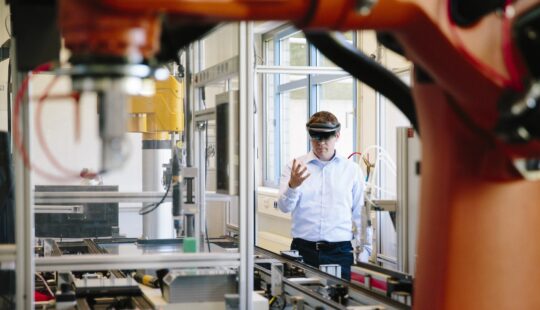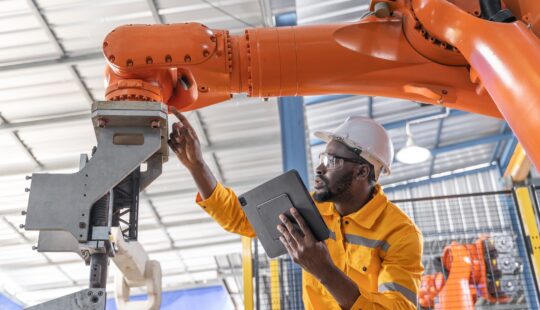The U.S. government’s recent announcement to invest US$5 billion in a national electric vehicle (EV) charging network is emblematic of the latest sustainable business wave sweeping across the automotive industry worldwide. Another was General Motors’ recent announcement to invest $7 billion in electric vehicles, including building a battery plant in the U.S.
Gartner researchers predicted shipments of electric vehicles, battery electric and plug-in hybrid, will increase at a CAGR of 26% to reach 36 million units by 2030, up from 3 million in 2020. However, to make good on the automotive industry’s commitment to sustainability, the entire supply chain – from battery manufacturing through infrastructure and recycling – needs to rethink just about everything.
“EVs are transforming the concept of mobility in society,” said Thomas Pohl, senior director of Marketing at SAP. “Automotive suppliers are committed to sustainable business models through the entire product lifecycle, including batteries. As carbon-free operations become table stakes, leaders will stand out by applying their deep industry expertise and advanced technologies to champion sustainable, ethical practices as a new business model for many industries.”
Automotive Networks Redefined
EVs are literally energizing the competitive automotive supplier landscape that’s expanding beyond traditional automakers to high tech giants and startups, as well as other consumer electronics players, eager for a piece of this promising future. As suppliers toe the “green line,” new ecosystems have emerged to sustainably build and manage the battery lifecycle of EVs.
One example is Catena-X Automotive Network, an open community of automakers, suppliers, and other partners creating common data standards to track environmental, social, and governance (ESG) progress across automotive industry production chains. The idea is to collaborate, often in near or real time, sharing information across the network.
Tracking and exchanging data throughout each EV’s lifecycle provides intelligence to guide transparent decision-making from initial battery manufacturing and delivery, through certified disassembly and potential reuse. Members are also exploring use cases for traceability, which would help companies track battery components to meet CO2 footprint reduction commitments and ethical sourcing regulations while becoming more self-sufficient in manufacturing operations through recycling battery components. What’s more, with complete information across the value chain, automakers and suppliers can quickly find members with the capacity to address fast-changing demands, sourcing new suppliers, adjusting production schedules and other operations, before major threats like shortages materialize.
Circular Economy Redraws Automotive Supply Chains
Electric vehicles are blurring traditional industry boundaries across the automotive supply chain in new ways because they capture so much data. Securely connecting charging network information, from consumer-facing data through accounting and finance software systems, opens up tremendous sustainable business opportunities. Retailers can offer discounts to shoppers as they charge their car onsite. EVs can operate as virtual power plants using solar power from photovoltaics as a renewable alternative. To gain insights across the lifecycle of an electric car’s battery, some organizations are building digital twins.
“Connected data from digital twins helps OEMs and suppliers calculate the health and residual value of the battery,” said Johannes Weber, solution manager for SAP E-Mobility. “For example, charging histories reveal how much stress a battery has experienced, including trips and stationary use. SAP E-Mobility is a cloud-based solution that captures charging totals by location, date, duration, and EV. This is the kind of data that can be incorporated into digital twins, supporting sustainable in-life, second-life, and end-of-life decisions.”
EVs are among the seismic events shocking the automotive supply chain to its core. Sustainability begins with the batteries powering the car, but certainly doesn’t end there.
Follow me @smgaler.
This also appeared on SAP BrandVoice on Forbes.



